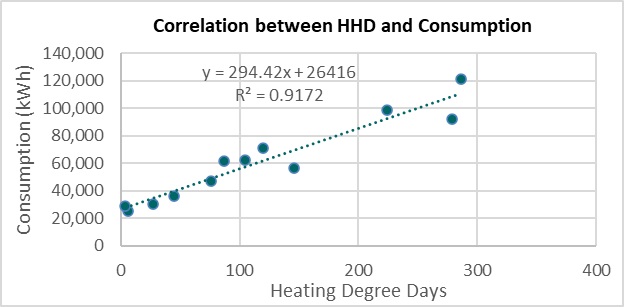110 Cannon Street is an existing multi-tenanted office building in London. The energy consumption had been rising on site, therefore the Client required that an Energy Audit of the building was carried out to understand where savings could be made.
The Energy Audit was completed to the British Standard, therefore could be used for compliance with the Energy Savings Opportunity Scheme (ESOS). This process involved:
- Analysis of all billing and sub-meter readings for electricity, gas and water services. This included an in-depth review of the half hourly settlement electricity meter.
- Review of the Building Management System noting running times and setpoints of HVAC plant.
- Review of operational and maintenance manuals to understand design.
- Building walkround to assess condition and age of all installations.
The Energy Audit identified that although the building’s energy had indeed risen, it actually performed well against similar buildings in the area. We benchmarked the building using the yearly Landlord services building energy consumption and also investigated the half hourly whole building demand on a square metered basis against three other buildings. This showed that both the baseload and peak loads were below that of the other buildings across each of the seasons. This gave the Client some confidence in the building’s operational strategy.
A full review of the occupancy patterns of the building revealed that the energy consumption increases were mainly due to increases in the occupancy rate.
To assess the gas consumption, linear regression was used against the heating degree days of Heathrow Airport. This assessment showed a good correlation to when the outdoor temperature dropped below 15.5°C and when gas was used with a baseload for domestic hot water of 26,416kWh.

To further reduce the operational energy, we presented the Client with a range of initiatives. This included operational adjustments such as reducing the temperature when the frost control is activated on the AHUs and capital investment projects such as installing CO sensors in the carpark.
Using our Energy Database that houses operational data from hundreds of buildings we manage across the UK, we were able to benchmark and identify that the building was operating well before visiting site. This allowed us to focus the assessment on those areas where energy wastage may be occurring and gave the Client confidence as to how well the building was performing, despite the energy increasing due to occupancy increases.